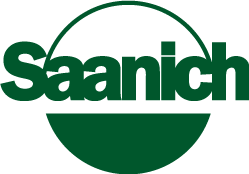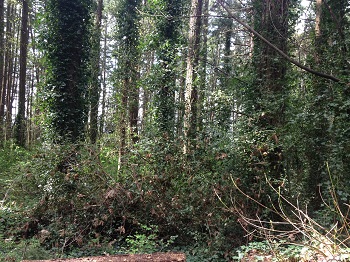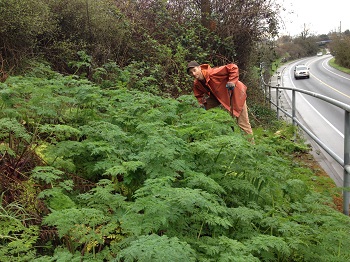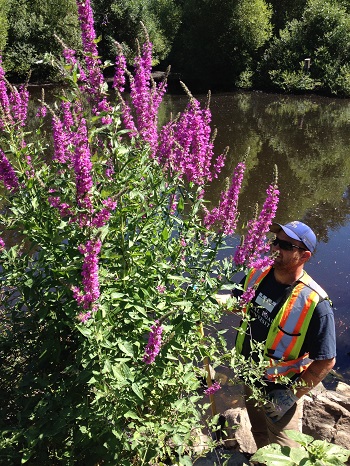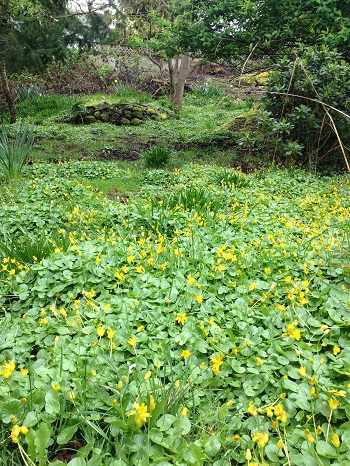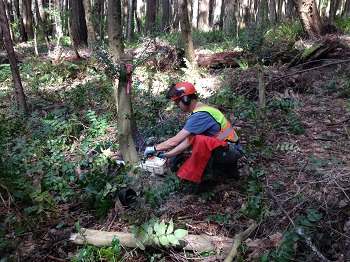Invasive species may cause harm by:
- reducing biodiversity,
- interfering with ecological processes, and
- limiting access to traditional foods and medicines.
We want to stop, reduce, control and ease the effects of invasive species on our ecosystem, health and economy. Our plan is laid out in the Invasive Species Management Strategy [PDF - 592 KB] (ISMS). To find more resources related to invasive species see Invasive Species, Noxious Weeds & Wildlife.
You can help through:
- Control of invasive plants on your land, including not moving invasive species from one location to another
- Properly disposing of garden waste and invasives
- Volunteering with our Pulling Together program to remove invasive plants from parks and trails
To learn how to control some of our most established weeds, review our brochure:
To properly dispose of invasive plants, visit our Invasive Plant Disposal page.
Most of our effort utilizes manual and mechanical treatment (removing by hand or machine). Only a small percent of effort is spent using chemical treatment - and only if the best mangement practices (BMP) dictates.
There are a few species where the BMP is chemical treatment to prevent their spread. When chemical treatment is required, it is performed using spot spray treatments, or hand painted, on the surface of the target species with the utmost care. Species treated with herbicides include: Shiny geranium, Lesser celandine, Garlic mustard, Knotweed, Holly and Gorse.
Check out our update on the use of pesticides [PDF - 155 KB] to treat invasive plant species in Saanich and learn more about our invasive plant management program by reading our Q&A about pesticide use [PDF - 216 KB].
Before English Ivy management.
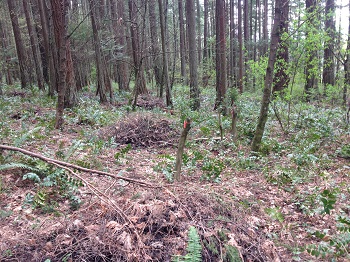
After English Ivy management
We manage more than 600 invasive plant sites on park and public land.
Some common problematic plants include:
Knotweed [PDF - 2 MB]
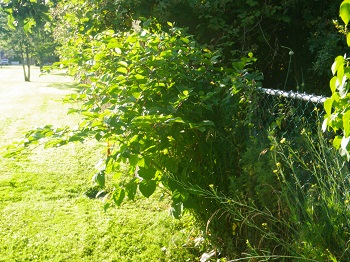
We are treating close to 200 knotweed sites on both public and private land.
Poison Hemlock [PDF - 187 KB]
Poison hemlock spreads throughout Saanich along boulevards and in some parks. We carefully dig out the tap root while removing the entire plant.
Purple Loosestrife
Purple loosestrife is an aggressive wetland plant that spreads quickly along creeks and ponds. Colquitz Creek and Viaduct Pond are two well established populations of this invasive plant.
Himalayan Blackberry
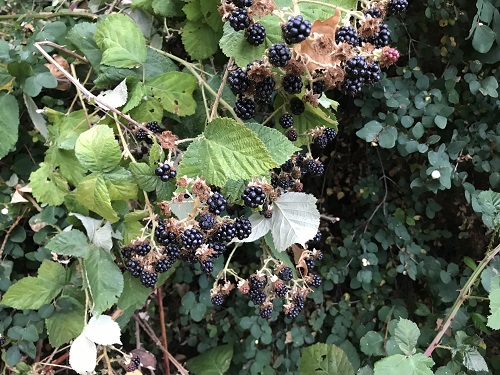
Pulling Together volunteers often remove invasive blackberries in our parks.
Lesser Celandine [PDF - 1 MB]
Lesser celandine is an extremely aggressive ground cover that will very quickly take over an area.
English Holly
English holly is well established in many of our forested parks. Volunteers and staff work together to treat this invasive tree.

